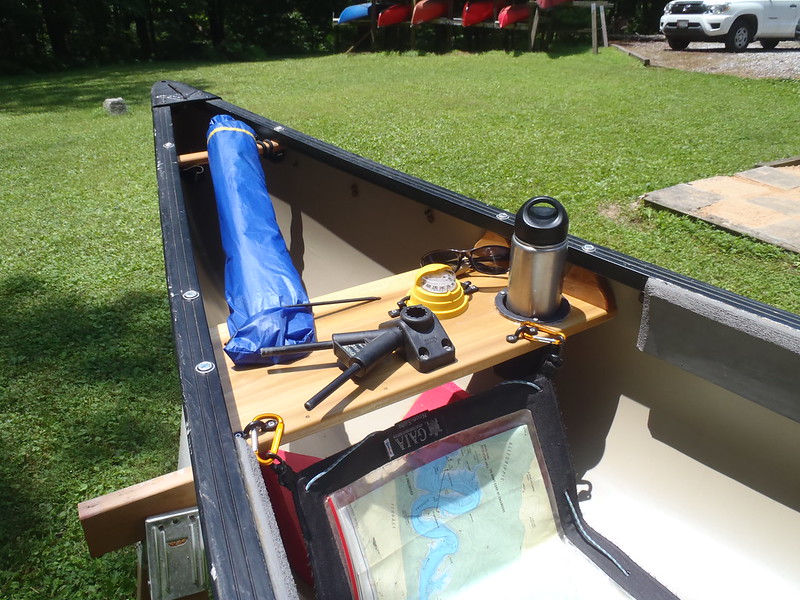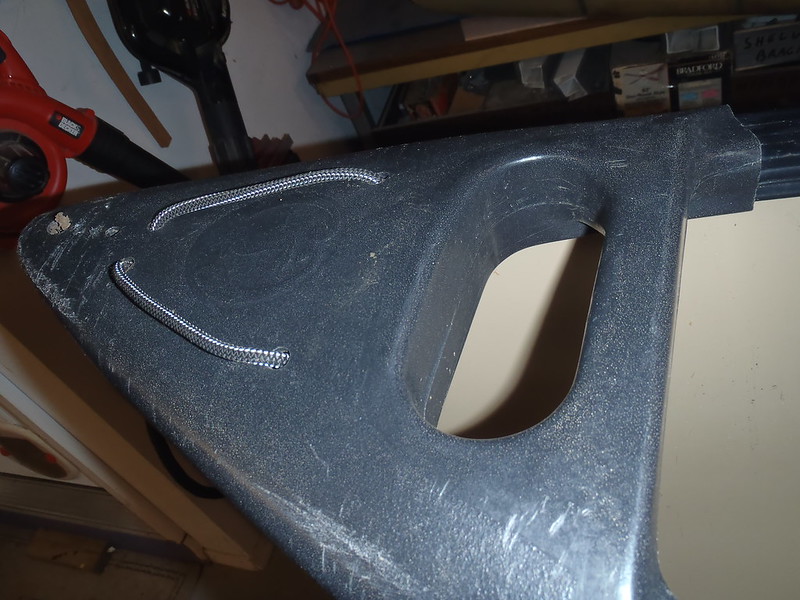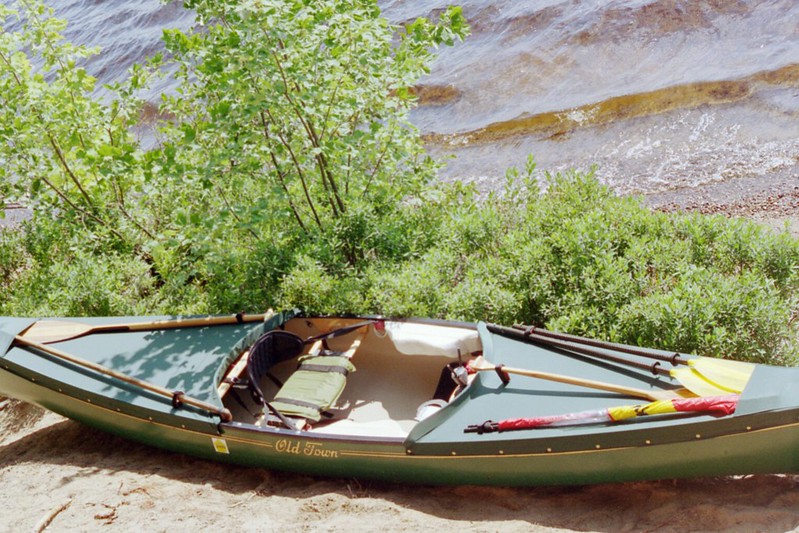G
Guest
Guest
Got the OT back together. Stock rear thwart, new front thwart in the old holes of the front seat. New Essex curved seat 9 inches behind the balance point. The seat is about 3 inches in front of the rear thwart. Paddling this week. Hopefully a photo to follow.
Ppine, cool beans, looking forward to seeing some photos, and hearing how the seat placement works with dog trim.
Is your front thwart in old seat holes within lean-forward reach by chance?
When you say “9 inches behind the balance point” do you mean the front edge of the seat frame, or center seat?
3” back of seat frame on the rear thwart should be enough. One of my issues with a lot of Wenonah’s solo canoes if the too-close proximity of the rear thwart, sometimes less than/barely two inches away from the back of the seat frame. I’m already thick of waist, and really like the ability to scoot back a few inches on the seat to bring the bow up when so desired.
I expect the Wenonah proximity is due to how they plate hang some of their seats off the sheerline edge under the gunwales instead of hangered from the inwale.
I’ve moved that too-close offending rear thwart back a few inches without any noticeable ill effect.














